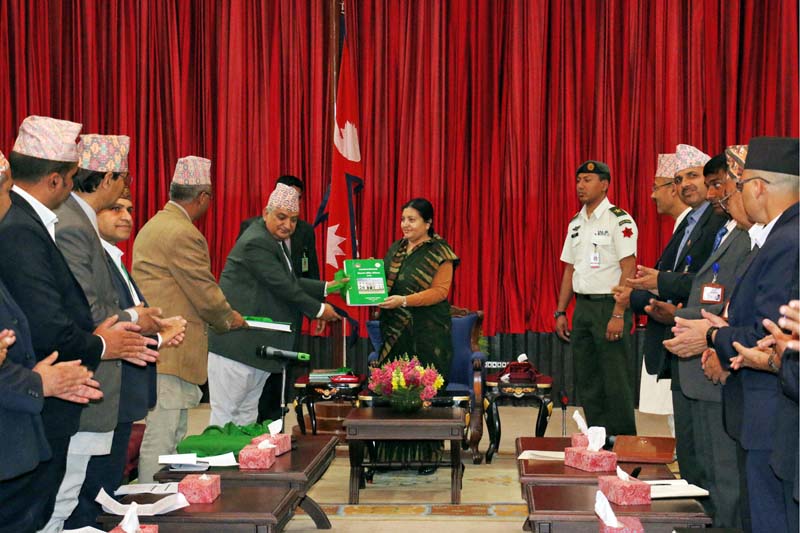OAG report lays bare govt’s failure
Kathmandu, April 12
The 53rd annual report of the Office the Auditor General has laid bare the government’s failure to incorporate disaster risk concerns into development planning.
According to the report, the country witnesses a huge loss of lives and property from natural disasters every year due to lack of adequate disaster preparedness measures.
“Despite implementation of the existing Natural Disaster Relief Act, 1982, it is necessary for the government to formulate laws in a way as to address issues of disaster prevention, preparedness, risk management and response,” read the report.
The OAG also stressed on setting up warehouses for disaster rescue equipment at the local level. Although the government has made arrangements for storage and distribution of food in the aftermath of disasters, there are no warehouses for rescue equipment and drugs.
“The government should establish and upgrade warehouses in the central, district, municipal and village level for storage of rescue equipment and drugs,” suggested the report.
It has also expressed concern about the inconsistency between government data and the actual number of households in the earthquake-affected districts.
“As per the government data, 4,21,448 houses were fully damaged in the earthquakes at the time of distributing immediate cash relief of Rs 15,000 to quake victims.
But the number of households increased to 4,42,719 while distributing Rs 10,000 each for the purpose of warm clothes in winter in the quake affected districts of Gorkha, Dhading, Nuwakot, Kavre, Kathmandu and Dolakha.
The government is required to distribute relief on the basis of updated and well-managed data,” said the report.
According to the Population Census of 2011, Dhading, Rasuwa, Nuwakot, Sindhupalchowk, Kavre, Dolakha and Ramechhap districts have the total 3,79,850 households.
But this number rose to 4,67,510 households in the post-quake scenario. The auditors are shocked to see an increase of 87,660 households in such a short period of time.
Similarly, a technical team of the District Administration Office, Sindhupalchowk reported that there were 9,445 households in 10 village development committees prior to relief distribution, but later said the number of families increased by 1,245.






